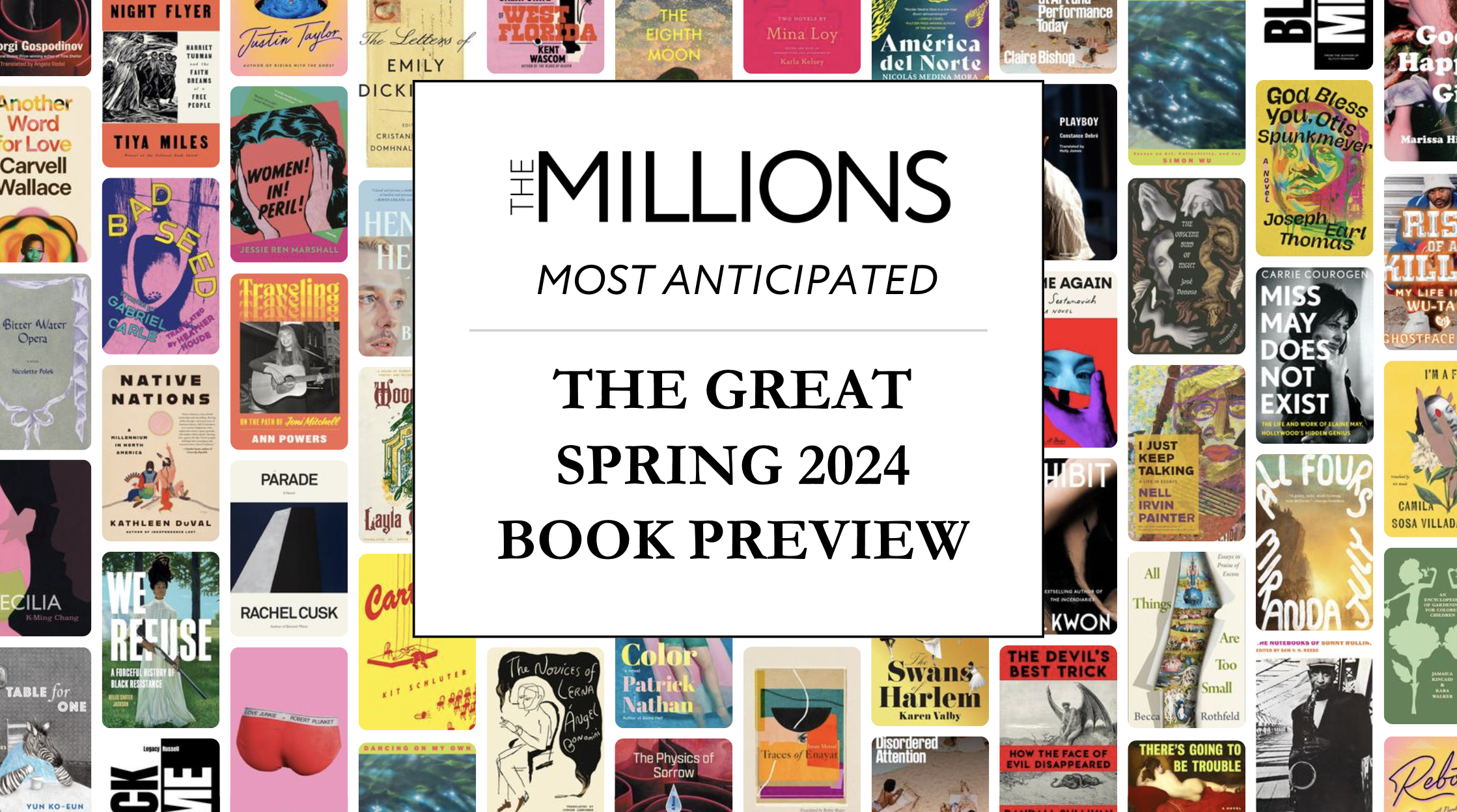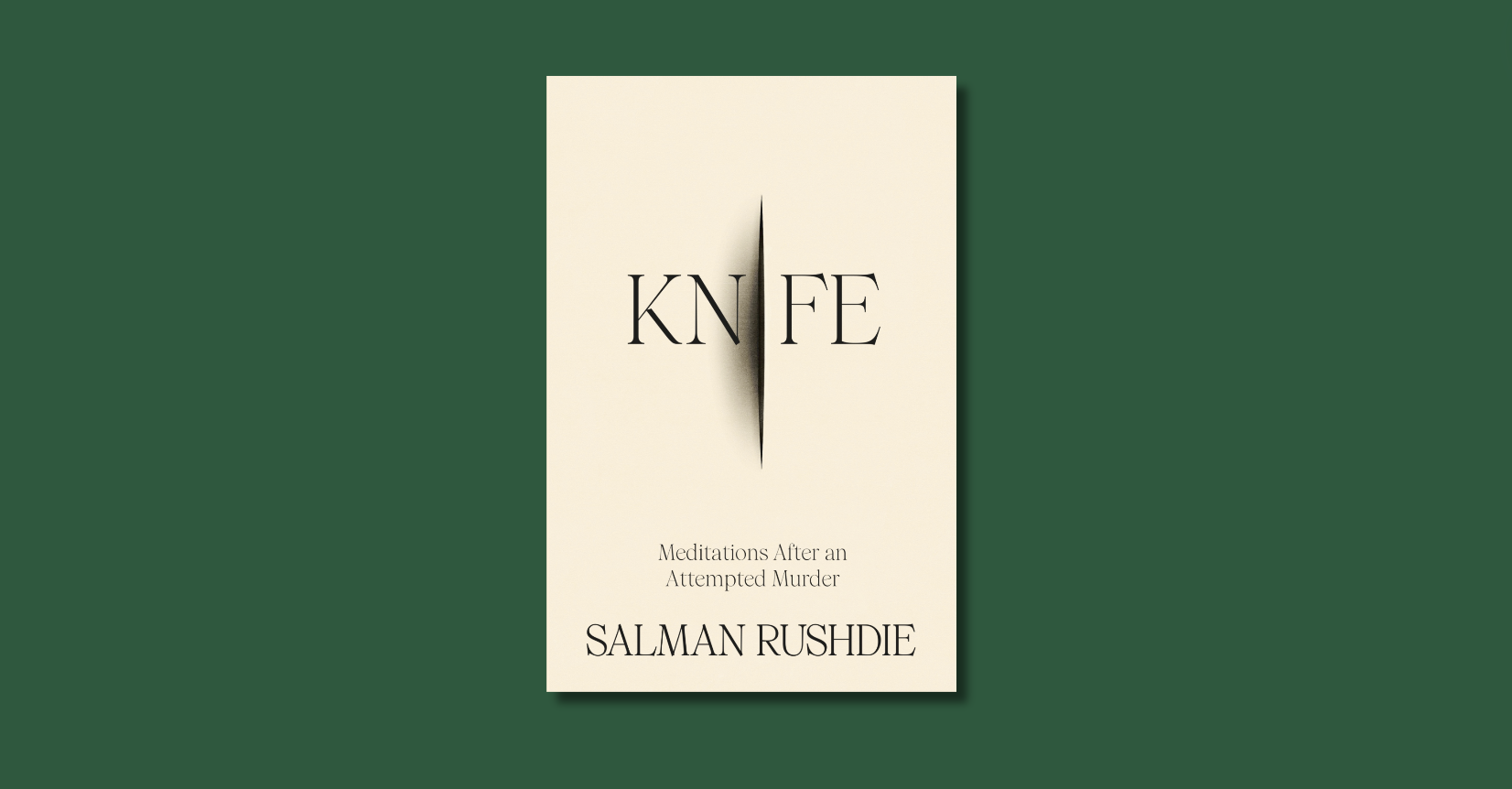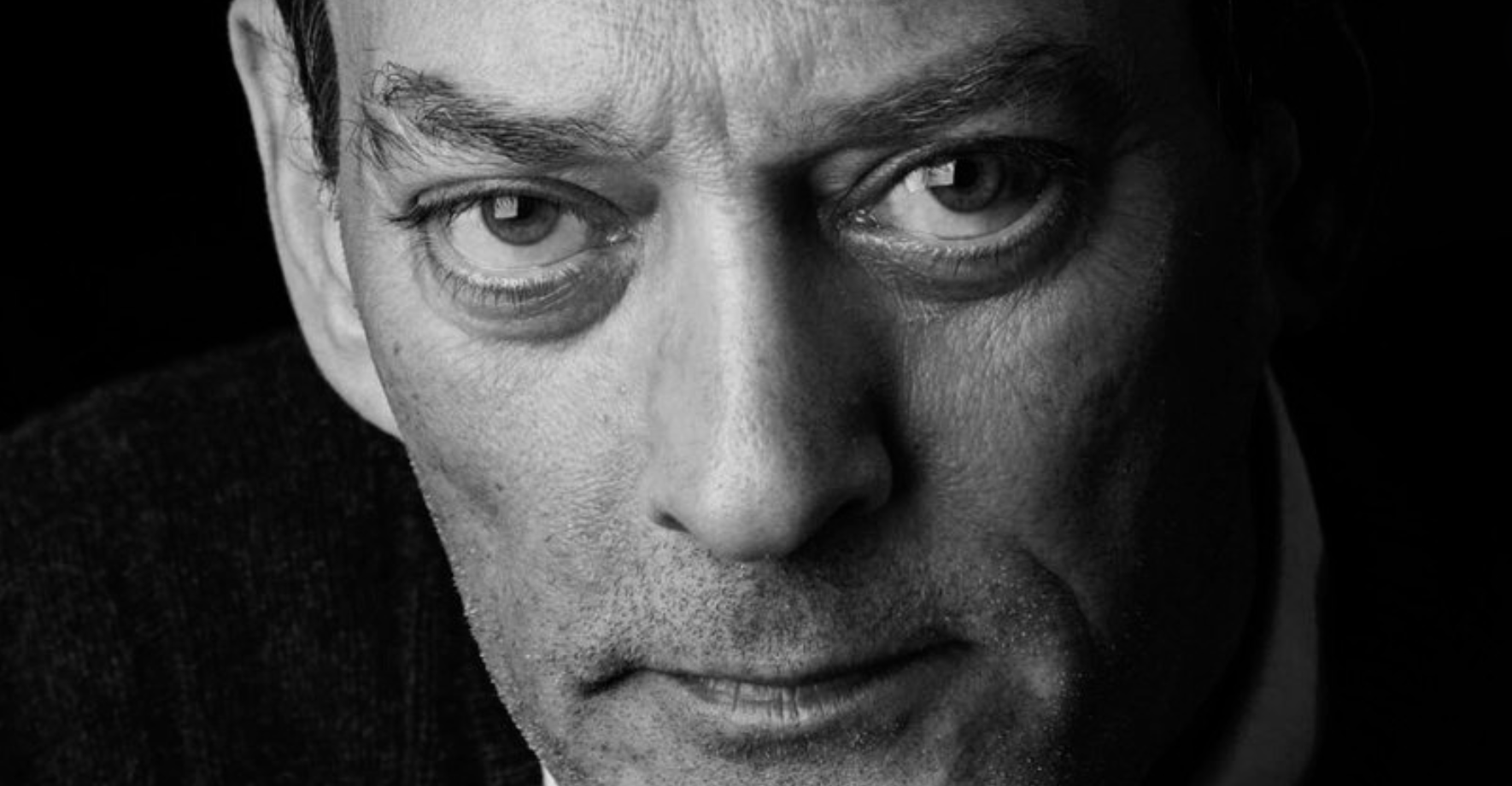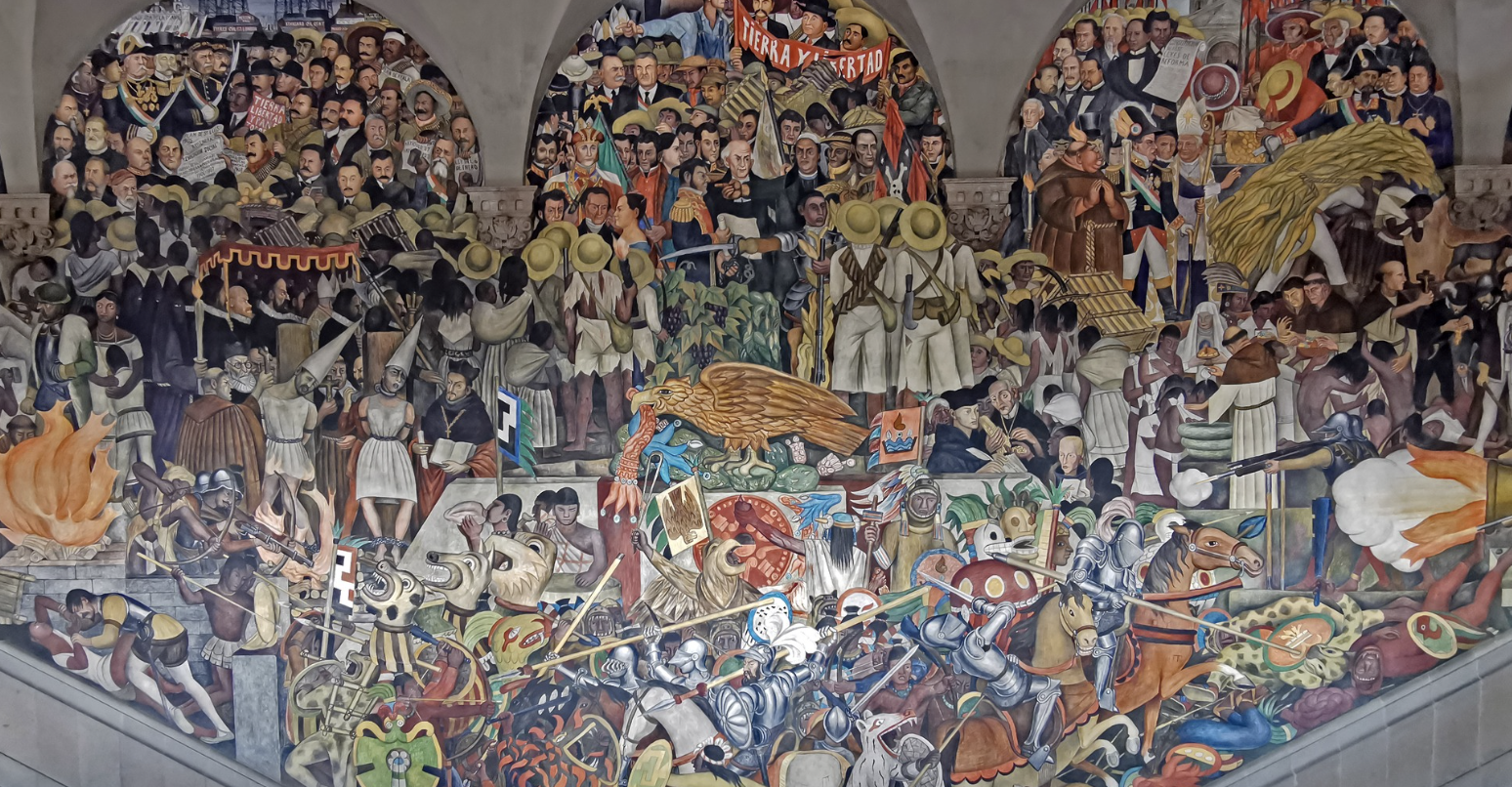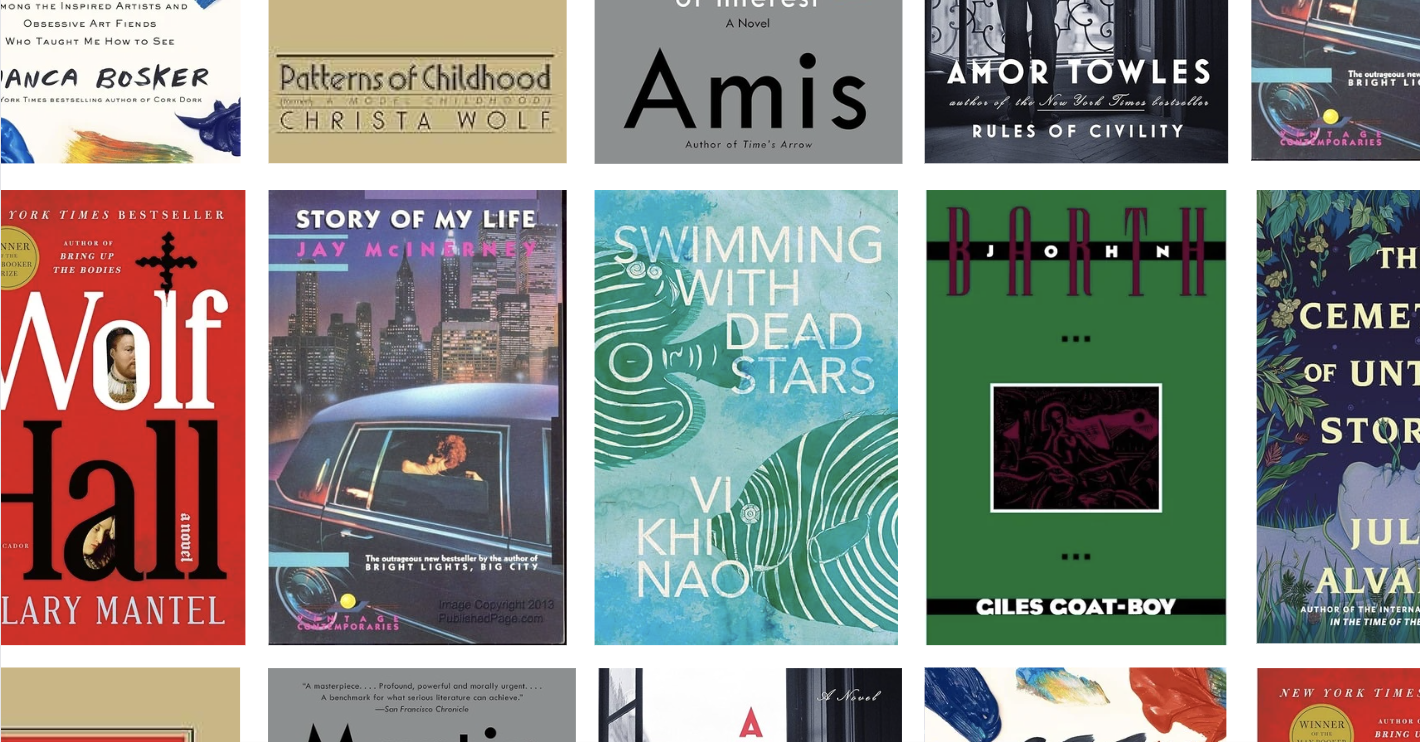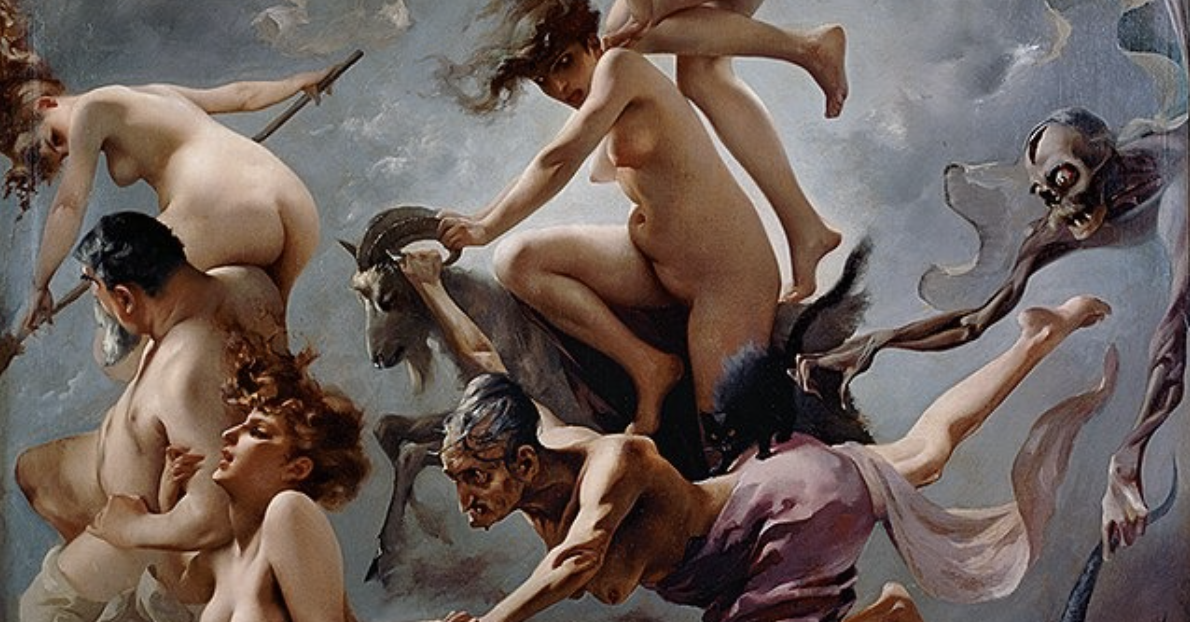
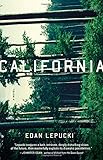 The twin peaks of my reading this year was a pair outstanding novels written by colleagues of mine here at The Millions. Edan Lepucki’s debut, California, reached #3 on The New York Times bestseller list, while Emily St. John Mandel’s fourth novel, Station Eleven, was named a finalist for the National Book Award. Both books thoroughly deserve their critical and commercial success, and for all their many differences of tone and approach, their DNA shares a prominent strand: both novels are set in a dystopian near future, after civilization has collapsed and people are forced to scratch and improvise their way to lives with some semblance of security and meaning. The books’ shared tones and time frames led me to write an essay about the timeless – and timely – allure of the near future for writers working in our anxious times.
The twin peaks of my reading this year was a pair outstanding novels written by colleagues of mine here at The Millions. Edan Lepucki’s debut, California, reached #3 on The New York Times bestseller list, while Emily St. John Mandel’s fourth novel, Station Eleven, was named a finalist for the National Book Award. Both books thoroughly deserve their critical and commercial success, and for all their many differences of tone and approach, their DNA shares a prominent strand: both novels are set in a dystopian near future, after civilization has collapsed and people are forced to scratch and improvise their way to lives with some semblance of security and meaning. The books’ shared tones and time frames led me to write an essay about the timeless – and timely – allure of the near future for writers working in our anxious times.
 Too late to include in that essay, is another dystopian near-future novel I just finished reading by another “literary” novelist, On Such a Full Sea by Chang-Rae Lee. (I think the word literary needs to be placed between quotation marks in this context because it’s a contrivance, though in this case a useful contrivance: it notes that realists like Lee — and Margaret Atwood, Kazuo Ishiguro, Colson Whitehead, and Cormac McCarthy — have been venturing into speculative new terrain that was once the preserve of genre writers.) Full Sea posits a nuanced dystopia: pollution and economic collapse have caused mass migrations of Chinese people into abandoned American cities, and a three-tiered society evolves. On the top are the wealthy, living in gated communities; in the middle are the working-class residents of strictly regulated cities like B-Mor, formerly Baltimore; and on the bottom are the poor people living in the brutal rural “counties.” The novel gets draggy and ponderous in spots, but its great strength is the first-person plural narration by the “we” of B-Mor, a hive mind that gives the novel creepy, mythic overtones.
Too late to include in that essay, is another dystopian near-future novel I just finished reading by another “literary” novelist, On Such a Full Sea by Chang-Rae Lee. (I think the word literary needs to be placed between quotation marks in this context because it’s a contrivance, though in this case a useful contrivance: it notes that realists like Lee — and Margaret Atwood, Kazuo Ishiguro, Colson Whitehead, and Cormac McCarthy — have been venturing into speculative new terrain that was once the preserve of genre writers.) Full Sea posits a nuanced dystopia: pollution and economic collapse have caused mass migrations of Chinese people into abandoned American cities, and a three-tiered society evolves. On the top are the wealthy, living in gated communities; in the middle are the working-class residents of strictly regulated cities like B-Mor, formerly Baltimore; and on the bottom are the poor people living in the brutal rural “counties.” The novel gets draggy and ponderous in spots, but its great strength is the first-person plural narration by the “we” of B-Mor, a hive mind that gives the novel creepy, mythic overtones.
While in Detroit on a book tour this summer, I bumped into a writer named Dan Epstein who was in town promoting his two irresistible books about baseball during that most benighted of decades, the 1970s — Big Hair and Plastic Grass: A Funky Ride Through Baseball and America in the Swinging ’70s and Stars and Strikes: Baseball and America in the Bicentennial Summer of ’76.
Before encountering Epstein and his books, I had dismissed the ’70s as a stylistic Sargasso when almost everything went to hell — cars, pop music, the economy, hairstyles, fashions and, yes, baseball, which was suddenly being played on AstroTurf fields in cookie-cutter stadiums by whiskery guys wearing Technicolor polyester uniforms. (Movies, curiously, were immune from the scourge, enjoying a fleeting golden age during the decade). Epstein, as I discovered, actually revels in the decade’s cheesiness, and he does so without the killing smirk of irony. And, he reminded me, it wasn’t all cheese: it was when he fell in love with punk rock, soul, funk, and blaxploitation flicks. For the first time, as he writes, the real world invaded a professional sport: “Drugs, fashion, pop music, political upheaval, Black Power, the sexual revolution, gay revolution — all of these things left their mark upon ’70s baseball in ways that would have been unthinkable just a few years earlier, and might be just as unthinkable now.” Indeed, Epstein’s books helped me see that before the 1970s, professional athletes were cocooned in the myth that they were wholesome superheroes; since then they’ve become cocooned in something even less interesting: money.
 Speaking of Detroit, one of the best books I read this year was a scintillating new collection of reportage, poetry, memoir, photography, essays, and fictionalized observations called A Detroit Anthology. Delightfully free of finger-pointing, cheap nostalgia, or breathless boosterism, the book makes the point that only through an understanding of this troubled city’s history can one hope to understand its current woes and its possible ways forward. The collection’s editor, Anna Clark, has succeeded sublimely in her goal of capturing “the candid conversations Detroiters have with other Detroiters.”
Speaking of Detroit, one of the best books I read this year was a scintillating new collection of reportage, poetry, memoir, photography, essays, and fictionalized observations called A Detroit Anthology. Delightfully free of finger-pointing, cheap nostalgia, or breathless boosterism, the book makes the point that only through an understanding of this troubled city’s history can one hope to understand its current woes and its possible ways forward. The collection’s editor, Anna Clark, has succeeded sublimely in her goal of capturing “the candid conversations Detroiters have with other Detroiters.”
This will also go down as the year I read my first — and last — James Patterson novel, Pop Goes the Weasel. As Flannery O’Connor’s character Nelson Head says after his disastrous first trip from his home in the piney woods of Georgia to the big city of Atlanta: “I’m glad I’ve went once, but I’ll never go back again!”
 This will also go down as the year when I, a person who doesn’t like to rush into things, became the last person in America to read Gillian Flynn’s 2012 smash, Gone Girl. How good was it? It was so good I have absolutely zero desire to spoil the experience by going to see the movie version, even though Flynn wrote the screenplay. Sometimes, a book is enough.
This will also go down as the year when I, a person who doesn’t like to rush into things, became the last person in America to read Gillian Flynn’s 2012 smash, Gone Girl. How good was it? It was so good I have absolutely zero desire to spoil the experience by going to see the movie version, even though Flynn wrote the screenplay. Sometimes, a book is enough.
And finally, two pieces of long-form journalism stood out this year. Thanks to The Daily Beast, I discovered the great Gay Talese’s 1970 Esquire magazine article about the Manson Family’s desert hideout at the Spahn Ranch. Though nearly half a century old, the writing in “Charlie Manson’s Home on the Range” remains fresh and vibrant — a reminder just how radical it was for Talese to use the novelist’s tools in his journalism, and just what a brilliant reporter he was, and is. At age 82, he’s still working the beat.
Every year I re-read one of my favorite pieces of journalism, Marshall Frady’s 1971 Life magazine article, “The Judgment of Jesse Hill Ford.” Ford’s best-known novel, The Liberation of Lord Byron Jones, told the story of the titular black undertaker in a small Southern town in the 1960s, who has the temerity to name a white cop as a co-defendant in his divorce suit. The cop performs the inevitable execution of Jones, and the local white community comes together to protect and absolve him. Frady’s article lays out the horrific story of how Ford’s life came to imitate his art. The liberal undertones of Ford’s novel won him few friends among his white neighbors in Humboldt, Tenn., so there was a pronounced shiver of schadenfreude when Ford was charged with killing a black man who was trespassing on his property. Frady’s article dissects Ford’s tortured campaign to win back the favor of the white community, in order to win absolution and avoid prison. The article rises to the level of art through insights like this:
Like most who are authentically taken up into the obsession of writing, Ford belonged, more or less, to the Dionysian disposition, a nature tending toward the unruly and ecstatic…Ford worked out of an older understanding of man — that primitive, profoundly reactionary, pagan vision in which virtually all true story-tellers have probably been working since Homer, which has evolved not an inch since Ecclesiastes: that the race is basically unimprovable, and its condition an inalterable mixture of meanness and nobility, violence and compassion. Ford himself once remarked, ‘I’ve been invited to sessions before to discuss biracial committees and all those other causes, yeah. But I’ve never gone. I’d just rather not hear them mewl and whine.’
Journalism by the likes of Frady and Talese is getting harder and harder to find. As I was reminded again this year, digging it out is always worth the effort.
More from A Year in Reading 2014
Don’t miss: A Year in Reading 2013, 2012, 2011, 2010, 2009, 2008, 2007, 2006, 2005
The good stuff: The Millions’ Notable articles
The motherlode: The Millions’ Books and Reviews
Like what you see? Learn about 5 insanely easy ways to Support The Millions, and follow The Millions on Twitter, Facebook, Tumblr.

